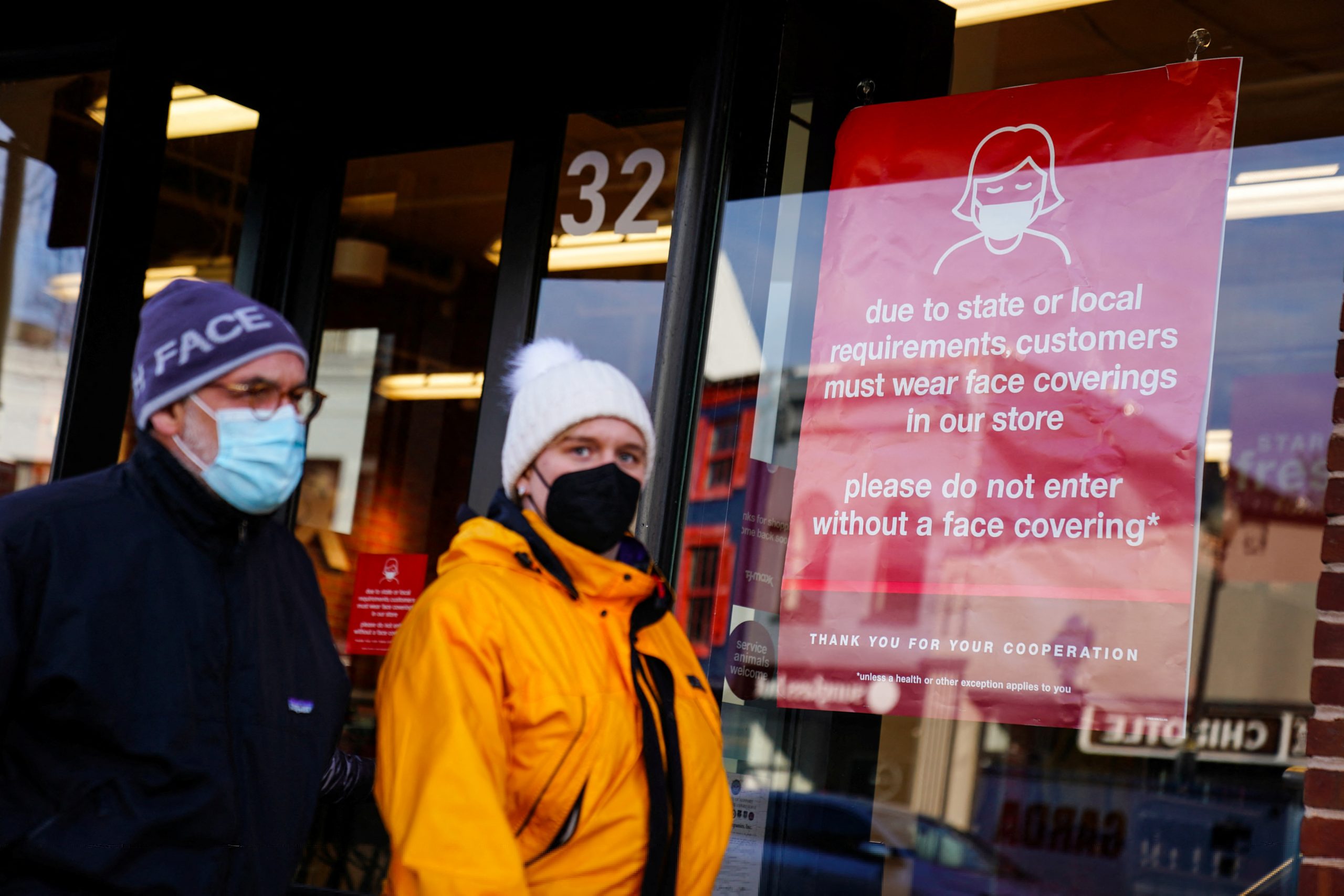
Lauren Dempsey, MS in Biomedicine and Law, RN, FISM News
[elfsight_social_share_buttons id=”1″]
On Friday, the CDC announced new guidelines for COVID-19 prevention based on community-level data, lifting mask mandate recommendations for over 70% of the United States, including schools.
The previous recommendations were based on COVID-19 case rates, with about 95% of the population considered to be in the high-risk category. Under the new guidelines, the CDC says that it believes the majority of the country is at a level that masks are no longer needed indoors.
The CDC previously determined if an area was high risk based on positive case rates and the number of positive cases per 100,000 people. A high transmission rate was defined as 100 or more per 100,000 people, or a positivity rate of 10 percent or higher. If the two metrics were inconsistent with one another, the CDC recommended selecting the metric that demonstrated the higher risk.
Based on the agency’s new guidance, most of the country is now considered to be low or medium risk as it is now evaluating “hospitalizations for COVID-19 and the proportion of beds occupied by COVID-19 patients in local hospitals more heavily than rates of new infections alone” as the main factor for risk assessment. The CDC is hopeful that the new recommendations will help Americans to feel safe as well as renew a sense of “normalcy. “
CDC Director Rochelle Walensky said during a press briefing on Friday that the agency wants “to give people a break from things like mask wearing when our levels are low, and then have the ability to reach for them again should things get worse in the future.”
The new guidelines do not change the federal mandate that masks must be worn on airplanes, trains, and public transportation.
Since the CDC makes recommendations on a federal level, any changes will now come down to the discretion of local leaders. These changes will give more freedom to local officials to make changes based on local COVID-19 hospitalization data, with the ability to bring back mask mandates and other mitigation measures in the future if cases were to rise again.
The agency said that the goal of these changes is to focus on severe illness and hospitalizations while ensuring that hospitals are able to cope with COVID hospitalizations while still delivering safe and quality care to patients. This reflects what many have been saying should have been the focus for the last two years.
It is estimated that anywhere from 25-50% of COVID-19 hospitalizations are for people admitted for treatment of SARS-CoV-2 infection. Many hospitalizations for COVID are incidental. All positive results are reported; however, they are not differentiated by those hospitalized with COVID or those hospitalized from COVID.
Over the last few weeks, positive case counts, hospitalizations, and death rates have continued to decline. Currently there are about 75,000 new infections reported a day, a 92% decrease from the 800,000 cases at the peak of the Omicron surge.
The updated guidance also recommends optional masking for school aged children in counties that are deemed high risk. Up until now the CDC had refused to update masking recommendations for children, even though they have been shown to face an extremely low risk of developing complications from the virus.
Some critics have questioned the move, believing that the new recommendations will put the immunocompromised, those with comorbidities, and children under 5 who are not eligible for vaccination at greater risk. The CDC maintains that lifting the masking requirements gives the individual the right to choose how to best protect themselves. Dr. Walensky said, “if you are more comfortable wearing a mask, feel free to do so.”
As immunity from vaccination and natural infection continue to contribute to herd immunity, more areas of the country are likely to move into the low-risk category. Dr. Leana Wen told CNN anchor John Berman “there was, and is, a time and place for pandemic restrictions,” but the new guidance reflects changes in circumstances across the country, as well as changes in the understanding of the science surrounding the virus.
